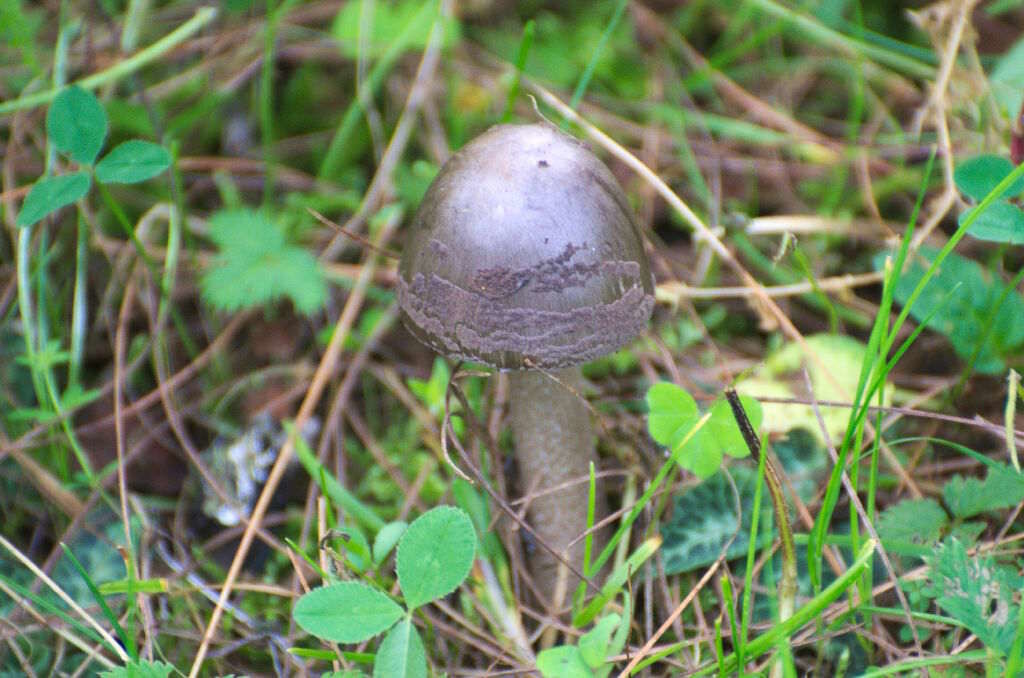
Russula spp
Russula spp is a diverse and widely distributed genus of mushrooms that plays an important ecological role in forest ecosystems, including those found in the Great Himalayan National Park (GHNP). These mushrooms are especially prominent in moist, temperate, and alpine forests, where they form critical symbiotic relationships with trees. Known for their bright caps in red, green, yellow, or purple hues, Russula species are often one of the most easily spotted fungi during the monsoon and autumn seasons.
Identification and Habitat
Members of the Russula genus are typically characterized by their brittle, chalky texture, white to cream-colored gills, and centrally placed stipes. They are most frequently encountered beneath conifers and hardwoods, such as deodar (Cedrus deodara), oak (Quercus spp.), and fir (Abies spp.), all of which are common in the forested areas of GHNP. These fungi are ectomycorrhizal, meaning they form a mutualistic association with tree roots—exchanging minerals and water for sugars produced through photosynthesis.
Ecological Role
Russula mushrooms contribute to forest nutrient cycling, soil structure improvement, and plant health. Their mycorrhizal associations enhance tree resilience to environmental stress and disease. In high-altitude regions of GHNP where soil nutrients can be limited, Russula fungi support tree growth and forest regeneration.
Edibility and Caution
Some Russula species are edible and even prized for their taste in various cuisines, while others can cause gastrointestinal distress. Due to the genus’s diversity and the difficulty in distinguishing edible from inedible species without expert knowledge, caution is advised when foraging.
Conservation and Research
As indicators of a healthy forest ecosystem, Russula spp are vital to biodiversity studies in GHNP. Continued research and monitoring of fungal species, including Russula, is crucial for understanding ecological dynamics and promoting conservation. Protecting the park’s rich fungal diversity also supports broader conservation goals related to climate change and ecosystem resilience.
Conclusion
Russula spp plays a foundational role in the forests of the Great Himalayan National Park, supporting tree health, soil function, and biodiversity. Their presence reflects the ecological integrity of GHNP and highlights the importance of fungal conservation. Whether appreciated for their ecological value or their vibrant appearance on the forest floor, Russula mushrooms remind us of the unseen yet essential organisms that sustain life in the Himalayas.



